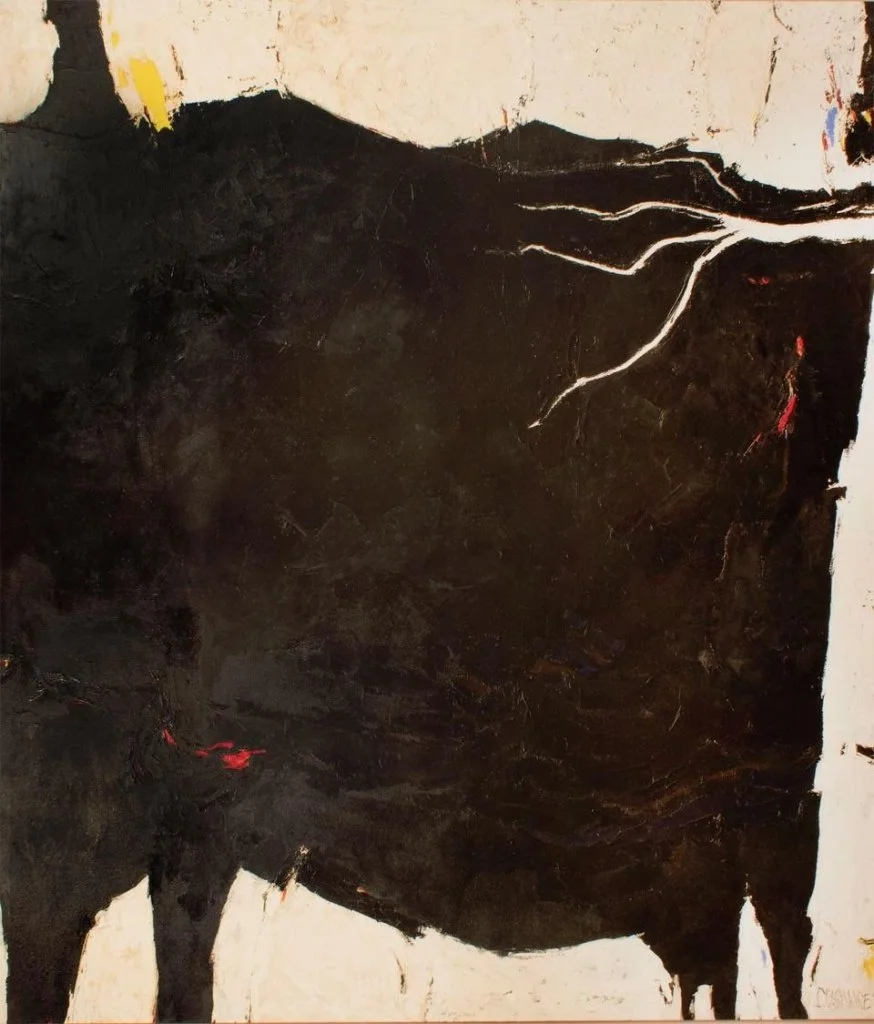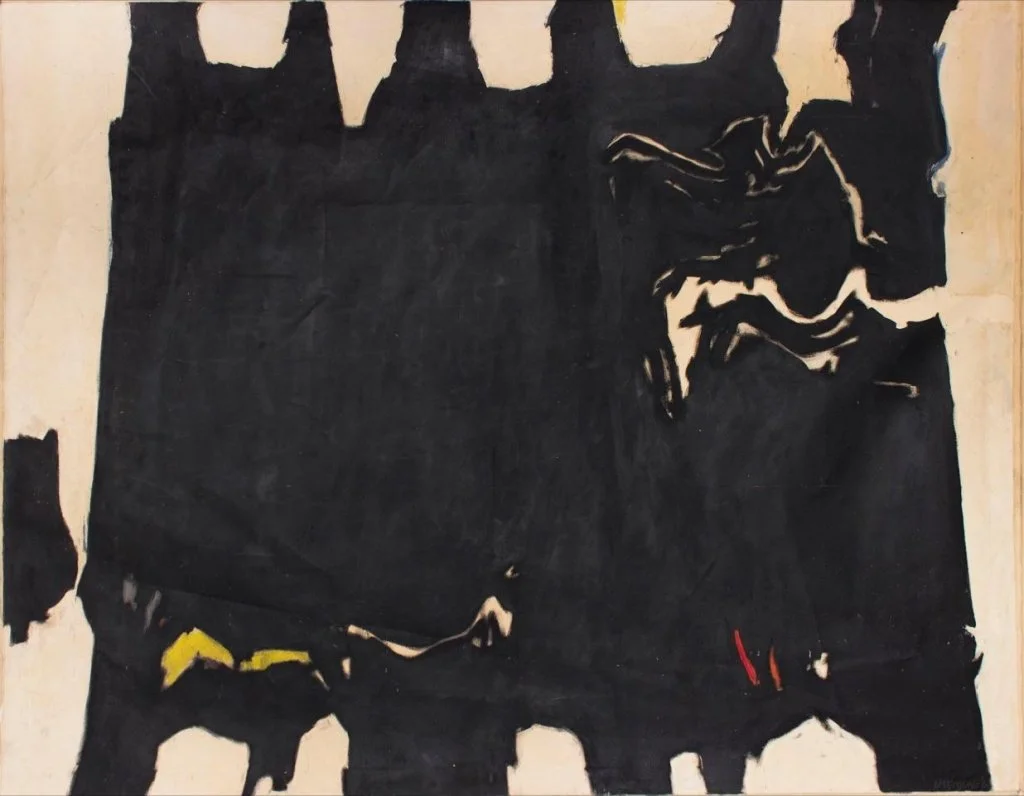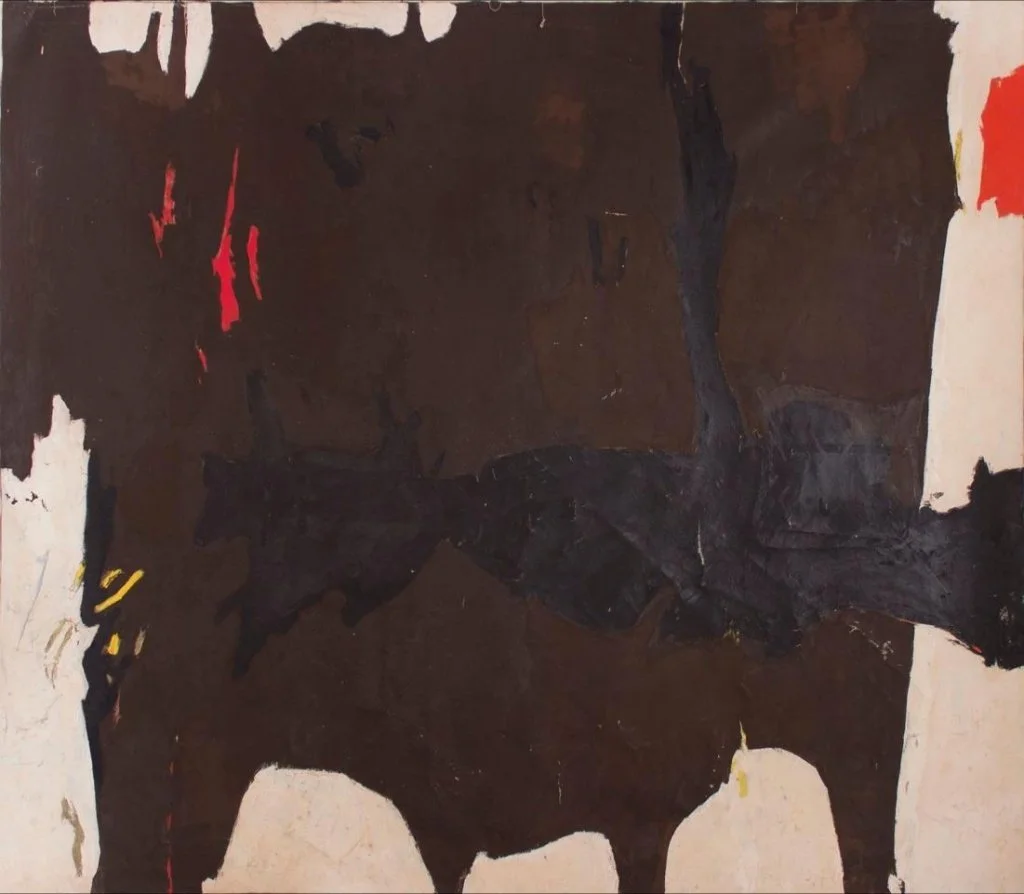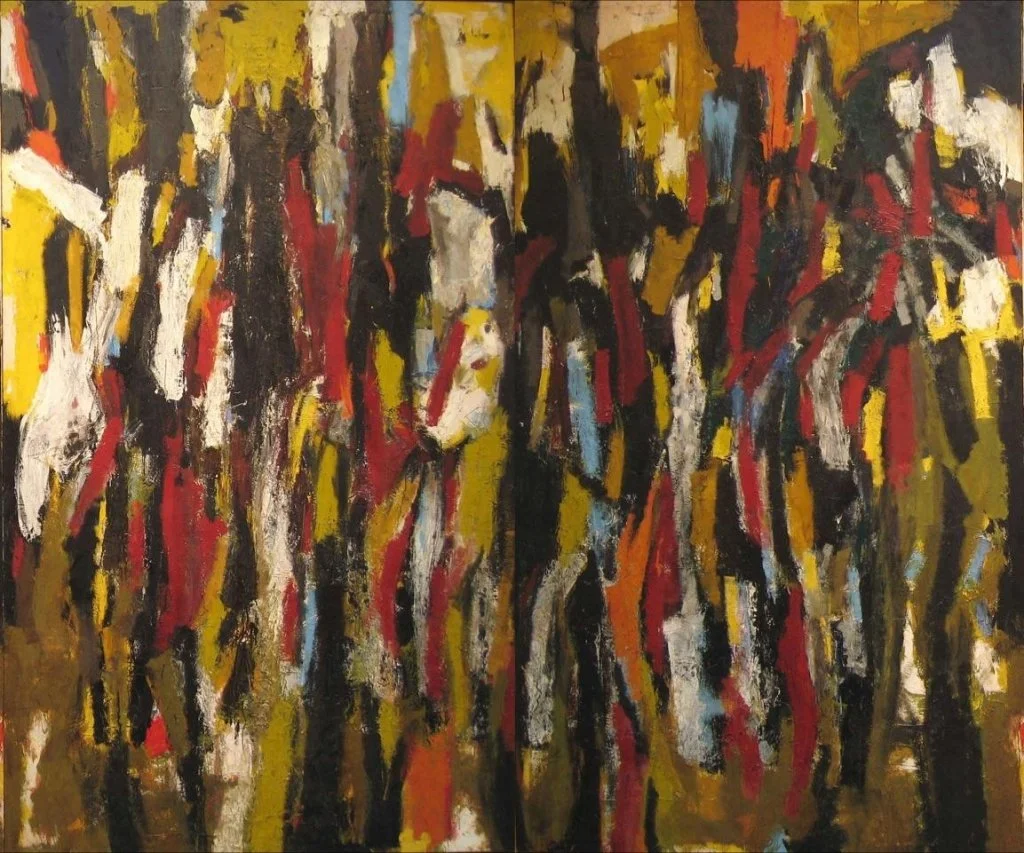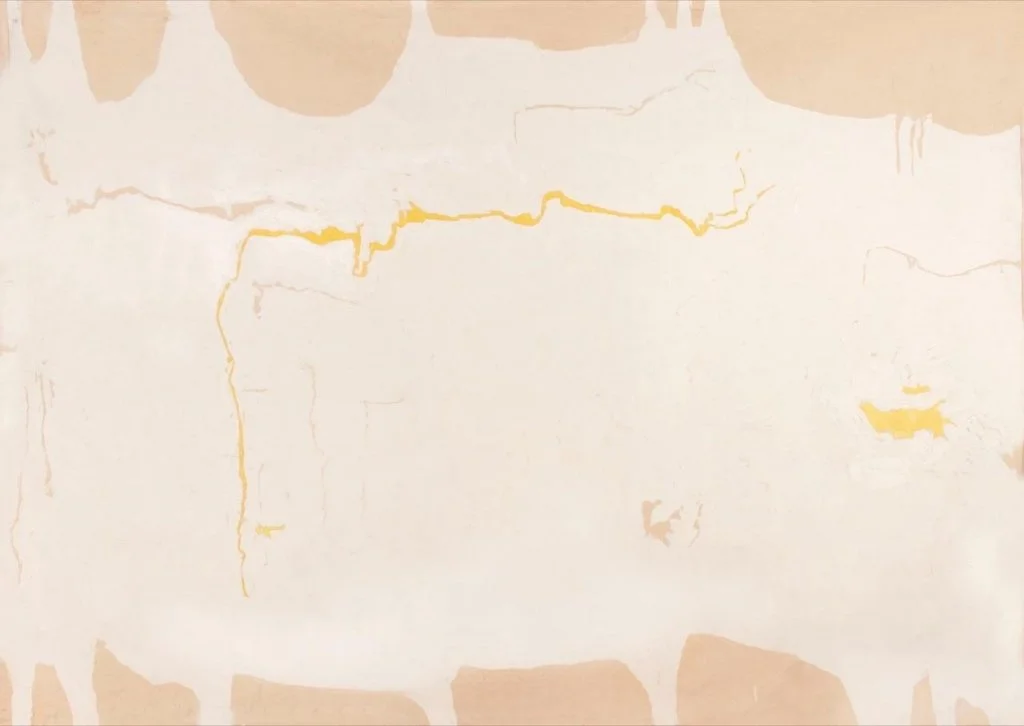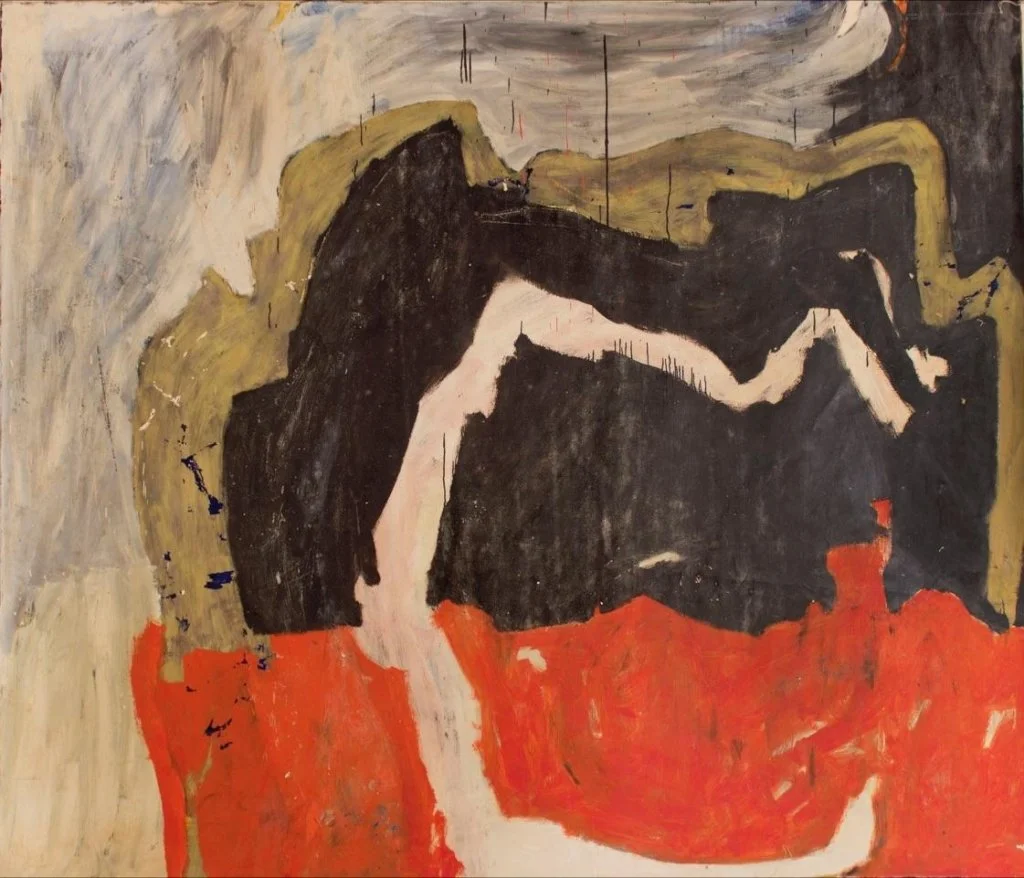Edward Dugmore
Edward Dugmore is best known for his association with the “New York School” of Abstract Expressionism. He began drawing as a child, and with his mother’s encouragement, he entered the Hartford Art School with a full scholarship in 1934. In 1943, like countless men of his generation, he joined the United States Marines. After the war, he moved briefly to Manhattan before attending the San Francisco School of Fine Arts on the GI Bill. There he studied under Clyfford Still, who quickly became a mentor and lifelong friend.
After leaving California, Dugmore moved his family to Mexico, where he obtained his Masters of Fine Art from the University of Guadalajara in 1952. His studies completed, he returned with his family to New York where he became a ubiquitous part of the now legendary downtown scene of Abstract Expressionist painters. He was a regular at the Cedar Street Tavern where he formed friendships with Jackson Pollock, Willem de Kooning, Franz Kline, and Mark Rothko. He was the first artist to receive a solo exhibition at the seminal Stable Gallery, which was lauded by peers and critics alike. During this time he played a central role in the milieu surrounding the gallery. He often worked as a carpenter for the owner, Eleanor Ward, helping hang exhibitions and often sleeping in the abandoned hayloft, which earned the gallery its name. In the 1960s Dugmore and his wife, Eadie purchased land in Washington, ME where they returned each summer to paint. The natural landscape of Maine, as well as the American West, particularly Colorado and Montana where he visited as a resident artist during the 1960s, had a profound impact on his painting.
Paintings by Edward Dugmore are in a number of important public and private collections, most notably the Albright-Knox Art Gallery, Buffalo, NY, Hirshhorn Museum and Sculpture Garden, Washington, D.C., San Jose Museum of Art, San Jose, CA, Walker Art Center, Minneapolis, MN and the Weatherspoon Art Gallery, Greensboro, NC.





